Fieldcraft was a very underrated subject when I was a Marine.
When I joined, we were seven years into a 20-year war, and the main focus was asymmetric warfare involving vehicle and urban tactics and many anti-IED measures. We weren’t facing a very complicated or well-organized enemy, so we didn’t spend a lot of time on fieldcraft.
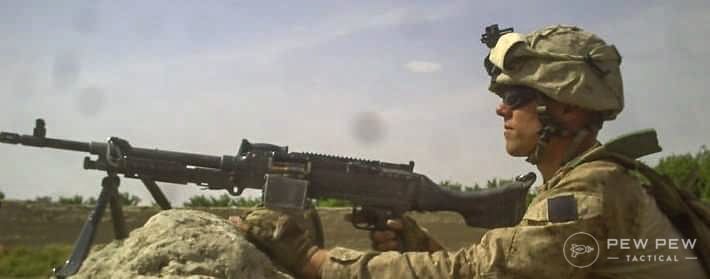
Luckily I had a bit of a hard-ass squad leader who always found time to teach us some of the more traditional military skills. Even if it was in our barracks quad, we’d be out there learning something.
One of those skills was hand and arm signals.
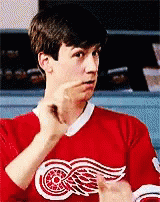
Today were are going to be talking all about those signals, why the military uses them, and their use as an underrated fieldcraft skill.
Table of Contents
Loading…
The What and Why of Hand and Arm Signals
What’s a hand and arm and signal, and why does the military use them?
They are simple movements that allow users to communicate with their squad, platoon, or fire team.
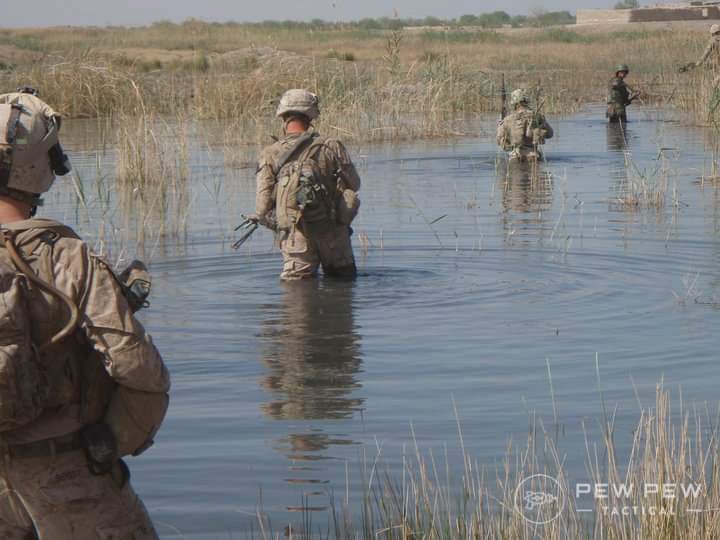
The why might be more important. Even in an age where squad communications have never been better, hand and arm signals remain essential.
Anyone who has spent time in the military realizes that radios break. Or sometimes they just don’t work. Maybe the comm tech didn’t sacrifice enough Rip-Its and tobacco that morning to ensure comms would work.
In these cases, hand and arm signals dominate.
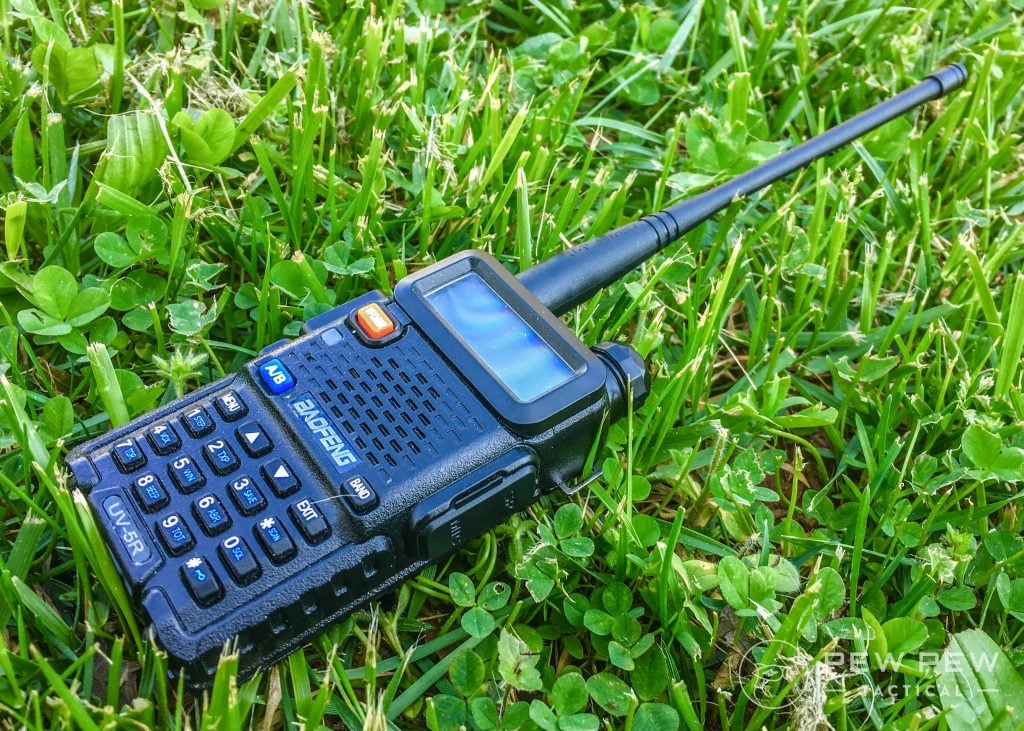
Also, sometimes it’s wise to have a silent way of communicating among a small group. Whether the volume around you is too high, or perhaps discretion is required, hand signals can get it done.
I’ve divided the most common hand signals into three categories — patrolling, addressing specific people in a unit, and combative hand signals.
Common Military Hand and Arm Signals
One crucial factor to remember is that hand signals are passed down the line.
When someone sees a hand signal, they repeat it from front to rear and side to side. This way, everyone understands the command and follows through.
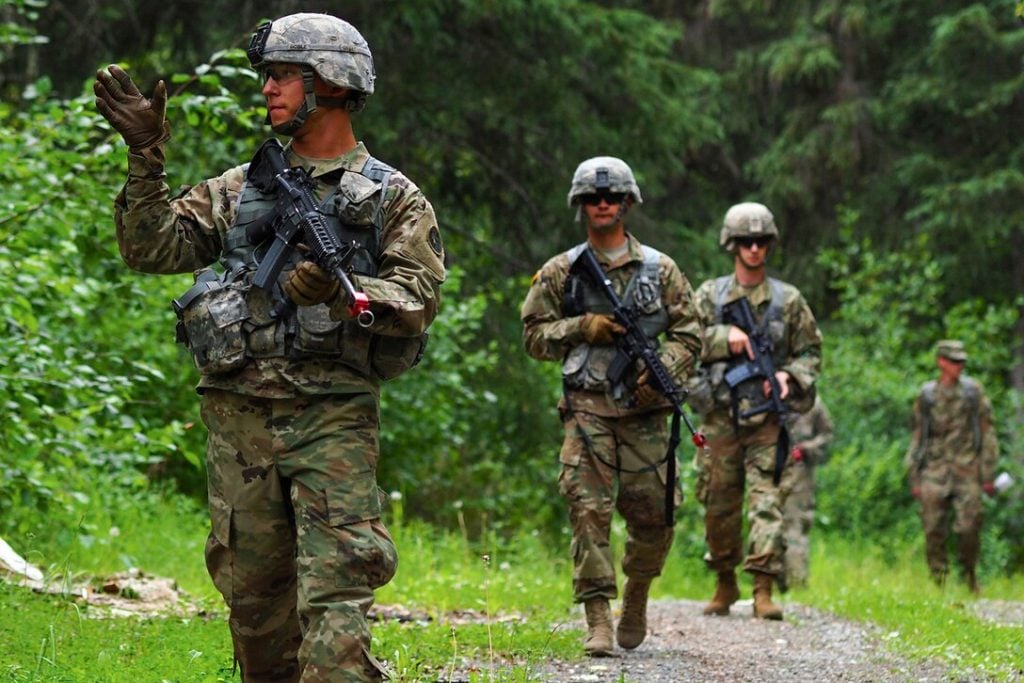
Patrolling Hand Signals
Forward — The most basic of patrol commands is to tell the troops to move forward. It’s simple, start with your hand behind your head, palm up and sweep the hand overhead in the direction you want to move.
Halt — This tells the squad to stop, take a knee, and face outboard. Raise your hand up with your palm facing forward over your head. As if you were in class asking a question.
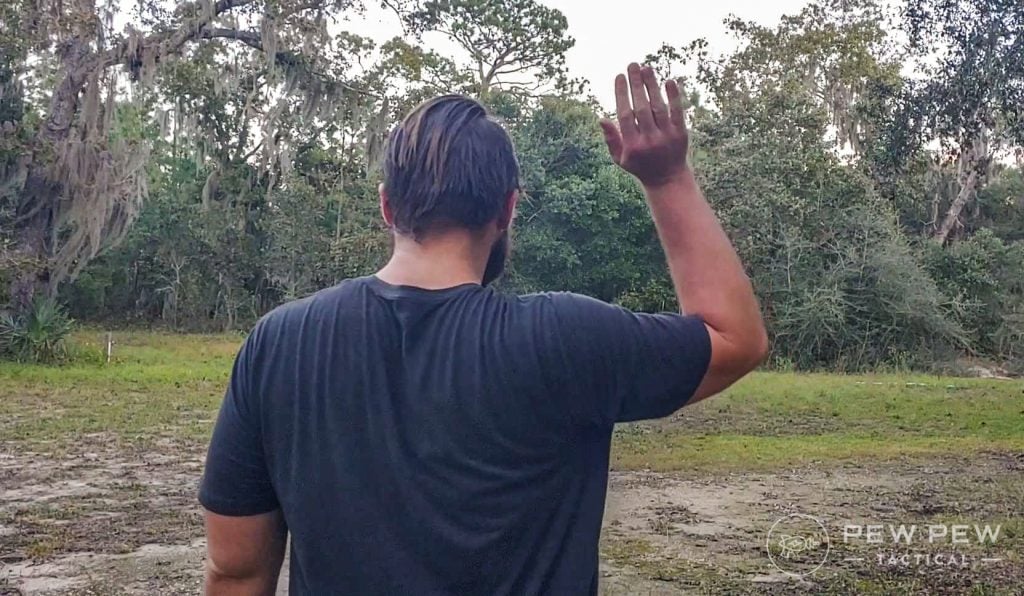
Freeze — Used when the squad needs to stop immediately and cease further movement. This differs from halt because any movement could be dangerous and could mean that enemy troops are within earshot or a booby trap or other danger is near. Raise the beside your head and make a fist to signal freeze.
Dismount, Down, and Take Cover — The command for dismount and down are the same, and troops should immediately take cover when used. It usually indicates a potential enemy presence. Extend the arm sideward at a 45-degree angle with your palm down and sweep the arm down to your waist.
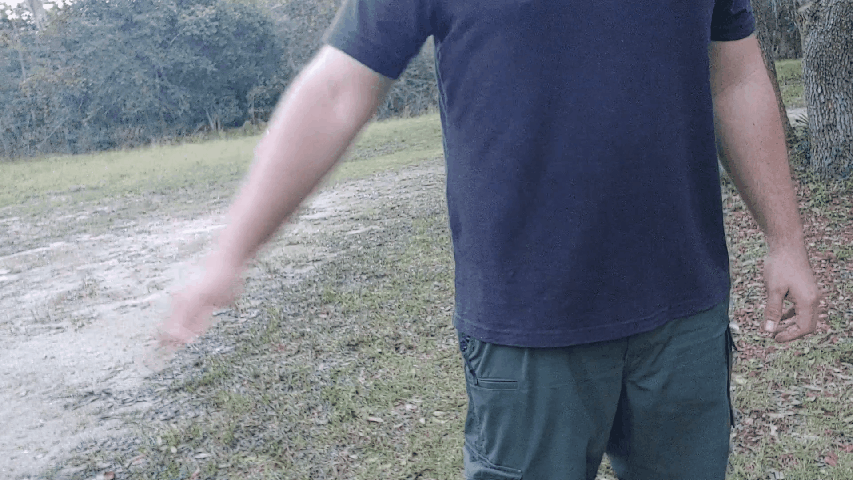
Mount Up — Mount is the opposite of dismount and down. It means get up and resume patrol. The signal starts with the hand near the waist, and you raise it, palms down at a 45-degree angle.
Right or Left Flank — Right or left flank changes the direction of a team, squad, or platoon. When the command is given, the group does a right or left face and moves outward. The signal is like a cringy Fortnite dance — you extend both arms in the direction of the desired movement.
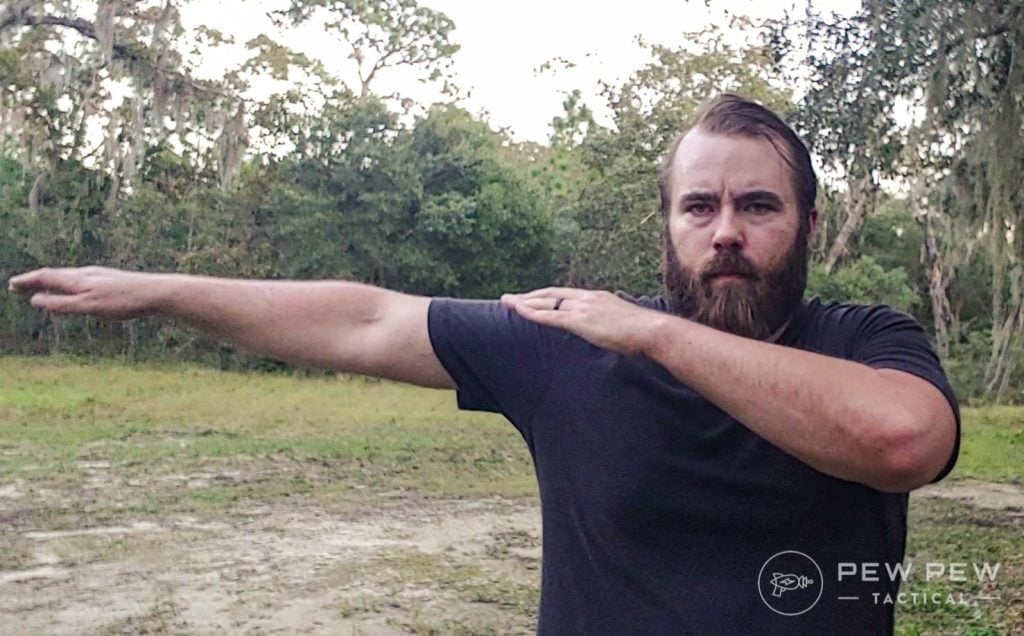
For example, for a right flank, the right arm extends outwards with the palm down. The left-arm points to the right and comes roughly to your chest.
Double Time — This is the military’s way of saying run. To signal double time, you form a fist, extend it above your head and then pull it down. Do this repeatedly like you’re a cast member of the Jersey Shore at a club.
Decrease Speed — Since we double-timed, let’s slow it down. To decrease speed, extend the arm at shoulder height with the palm facing outwards and wave it up and down but don’t break shoulder height.
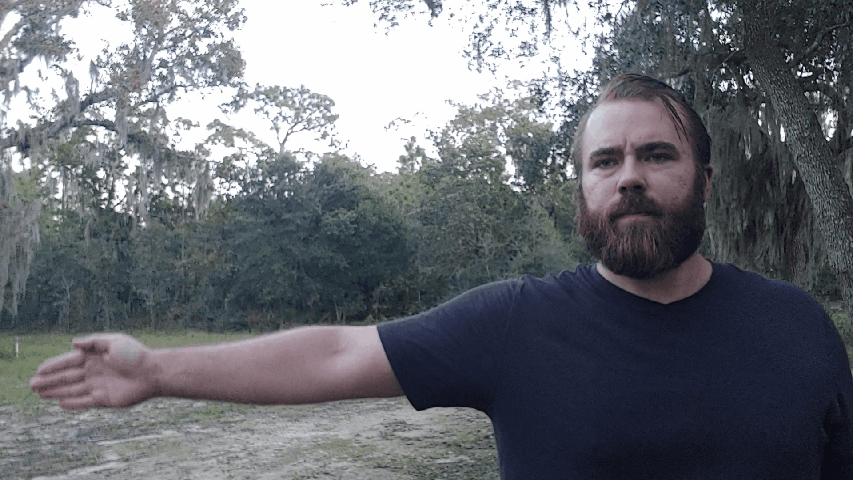
Change Direction — One of the more simple hand and arm signals. Extend your arm horizontally in the direction you want to move.
Assemble — Avengers Assemble! Or whoever else. To assemble your team, extend your arm above your head and make circles in the air. This can be used with a specific signal to address squad leaders, fire team leaders, etc.
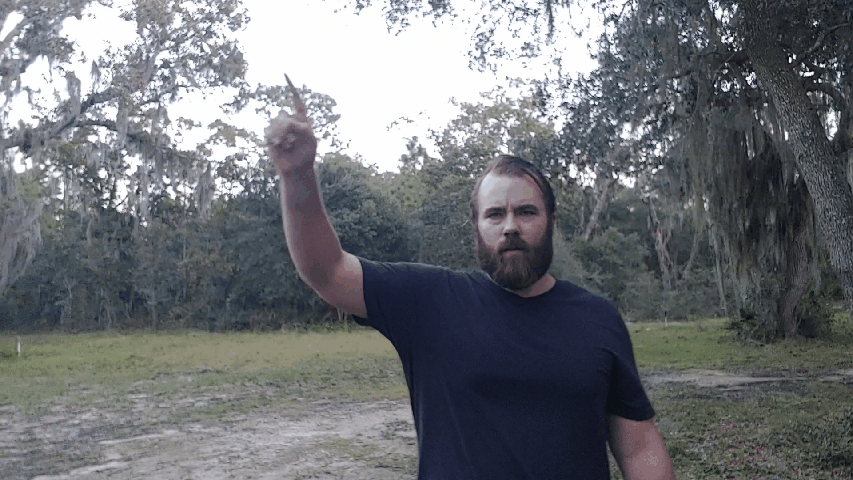
Shift — This differs from change direction by merely shifting the patrol right or left but still moving in the same general direction. It’s used to avoid obstacles like lakes and ponds, keep the patrol behind cover and concealment, and take the most tactically advantageous route.
To shift your team right or left, bring your respective hand to your chest and sweep it in a horizontal arc in the direction you wish to shift the group.
I Do Not Understand — My all-time favorite hand signal is I don’t understand. It’s the most common sense one of the bunch. Simply shrug and look like an idiot.
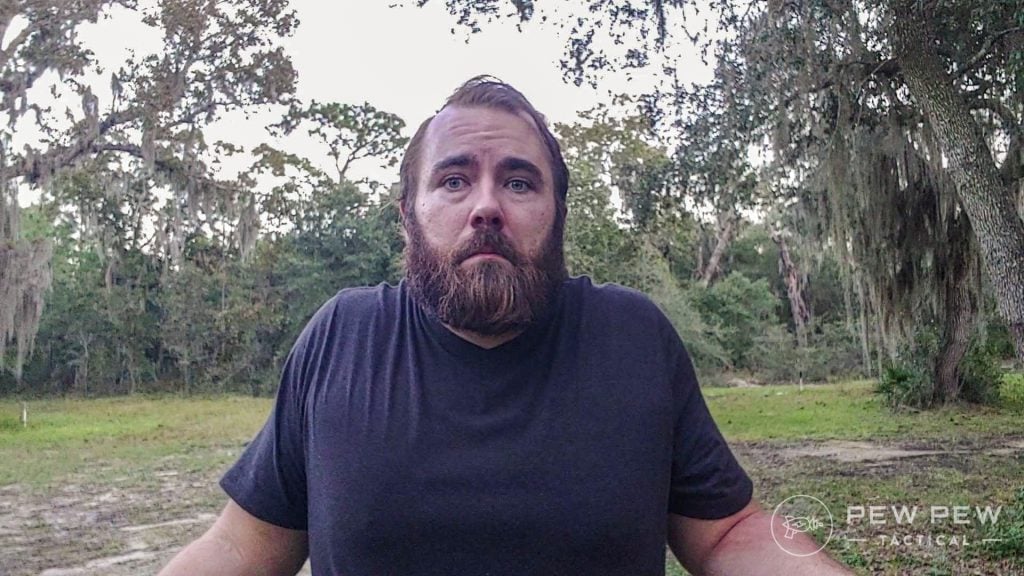
Disregard Previous Command — If you’ve done goofed up and need to cancel your order, face the unit or person and raise both arms above your head and cross them.
Objective Rally Point — An objective rally point can be an essential part of a patrol or mission. It typically signals teams to specific tasks or tells those with special orders to prepare. To signal an objective rally point, touch your belt buckle, point to the ground, and make a small circular motion with your pointer finger.
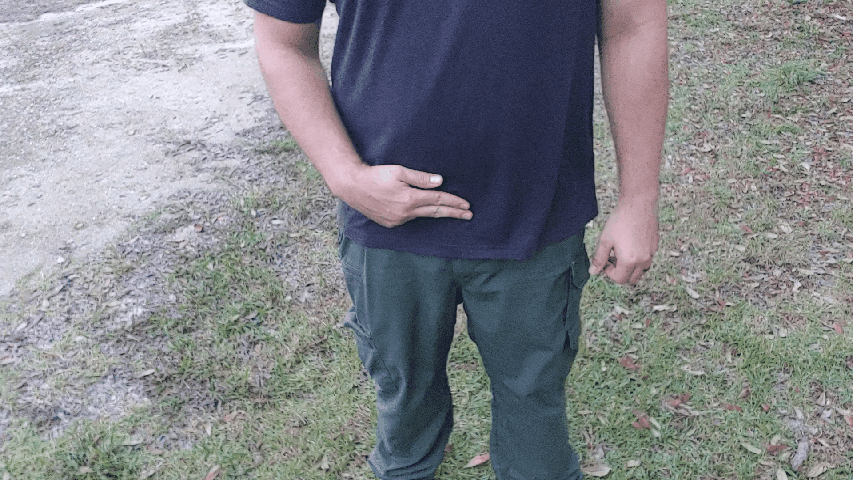
Rally Point — Rally points are placed along with a patrol and signal for a leader to do anything from doing a headcount, taking a break, checking equipment, etc. To signal a rallying point, the user touches their belt buckle and points to the ground.
Head Count — Accountability is critical when patrolling, so doing a headcount every now and then is a good idea. To signal a headcount, repeatedly tap the back of your helmet/head with an open hand. Typically the patrol halts temporarily, and a leader goes and touches every troop to ensure accountability.
Danger Area — A danger area is typically something like a road, a large field, or similar. This requires a squad to set up a covering element as they cross the danger areas. To signal a danger area, face the squad and drag your right hand across your neck in a throat-cutting motion.
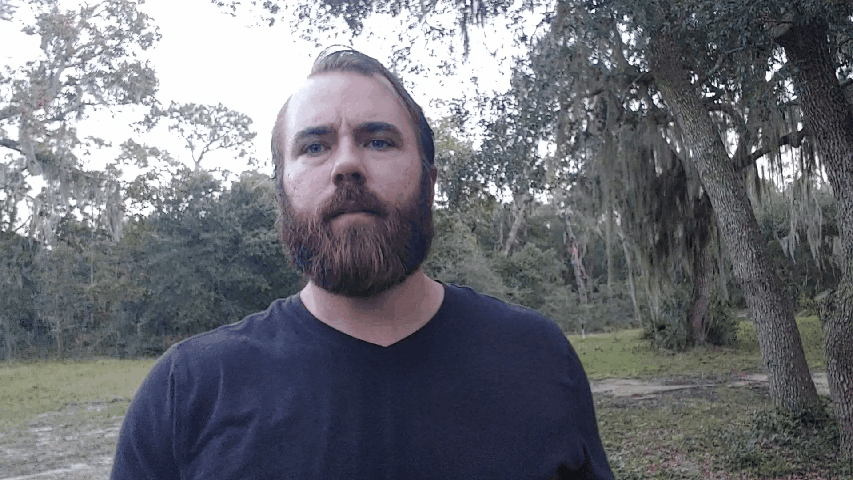
Addressing People/Teams
During a patrol or movement, you may be tasked with signaling a specific person or team and relaying specific instructions. If you need a single team to move to a particular flank, you’ll signal that team first, gain their attention, and then signal to flank.
Signal Platoon — To get an entire platoon’s attention, extend both arms forward and make large arms circles as if you were warming up for an exercise — or pretending to be a helicopter.
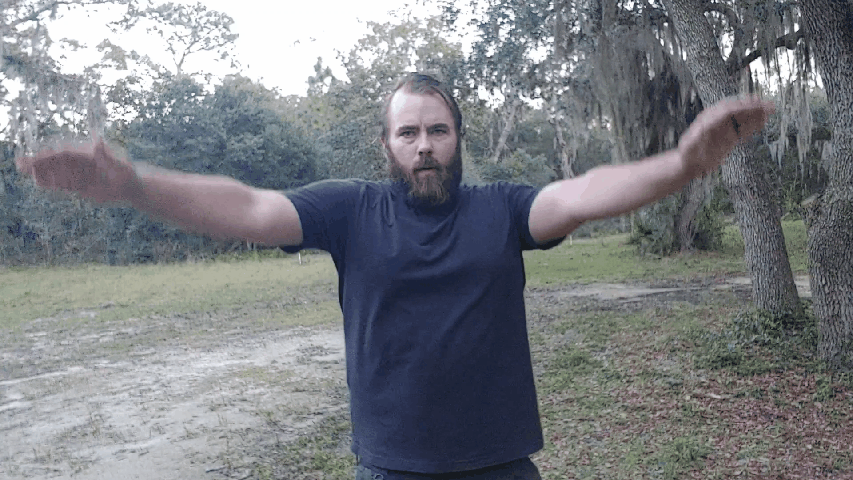
Signal Fireteam — To signal a fireteam, place your right arm diagonally across the chest. In my squad, we’d also use our hands to signal which fireteam. For example, we would put the right arm across the chest, then hold up two fingers to signal team 2.
Signal Squad — To signal the squad, face the squad leader and extend your hand and arm toward the squad leader, with the palm down. Move your hand up and down until the squad leader acknowledges the command.
Leaders Join Me — Extend your hand towards each leader and beckon them forth by curling your finger towards you.
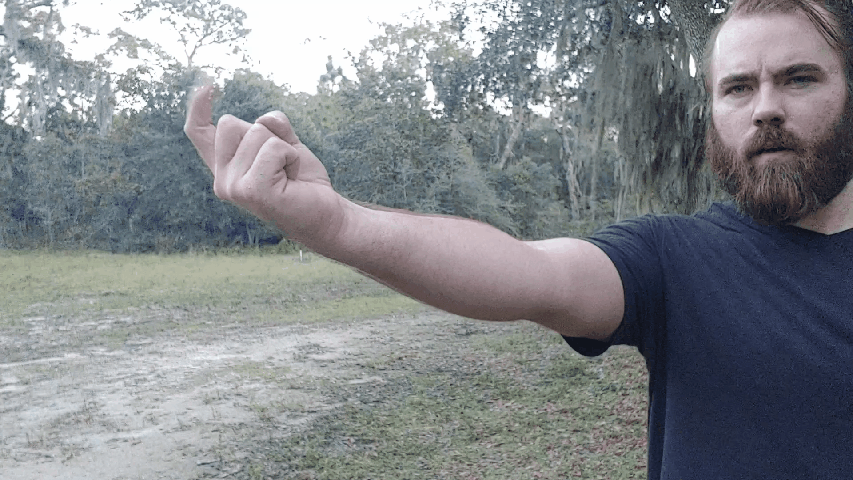
Are You Ready / I am Ready — This question and answer are the exact same. The person asking holds their hand up, palm facing the person they are asking in a ‘stop’ like signal. The person being asked affirms they are ready by returning the same signal.
Combative
When poop hits the fan, hand signals can be quite…handy. Sometimes it’s tough to yell over the sound of a belt-fed machine gun rocking and rolling. Additionally, being quiet is wise if you know an enemy is within earshot.
Enemy in Sight — Shoulder your firearm and point it in the direction of the enemy. From this command, you need to pass follow-up commands; the most common hand signal follow-up would be to range the threat.
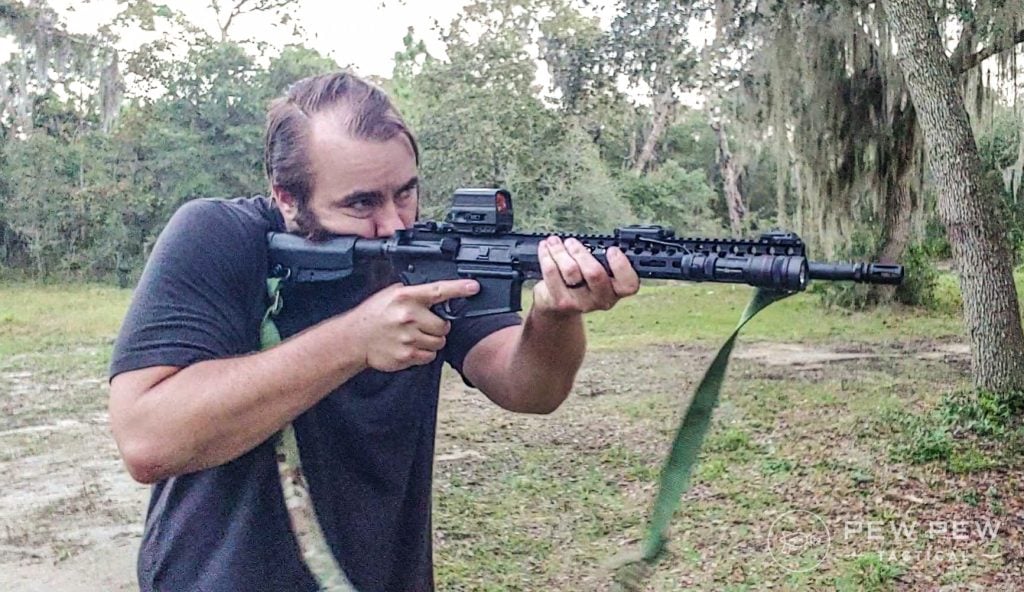
Range — After signaling the direction with your rifle, you raise your hand above your head with your hand in a fist. Then lift one finger for every 100 meters the enemy is away from you.
Commence Fire — When it’s time to boogie, and the squad is ready to rock, the squad leader gives the command to commence fire. He does so by placing his hand at hip height, with palm down, and moving it back and forth. It should look like you are waving at the ground.
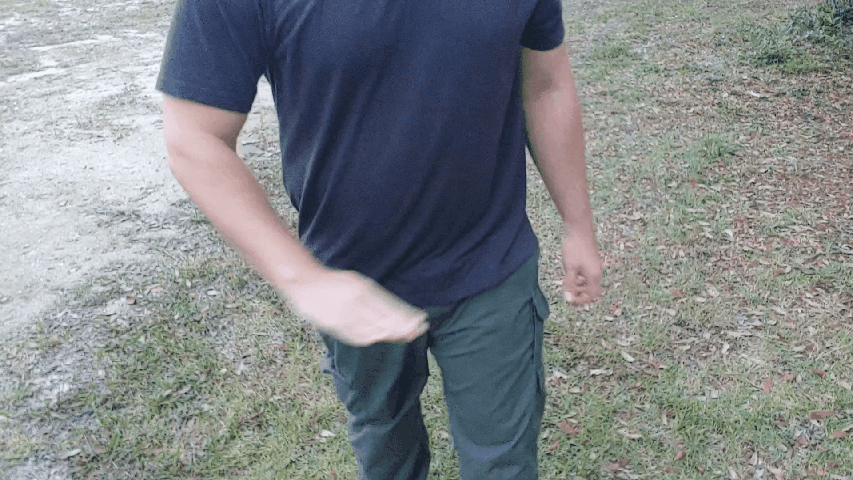
Increase Rate of Fire — If you need to overcome the enemy with superior firepower, then the fire team and squad leaders give the fire faster command. The fire faster hand signal is the same as commence fire, but much quicker.
Decrease Rate of Fire — When the leader recognizes his troops are expending too much ammunition, or the enemy might be routed, they can slow the rate of fire. Again, it’s the same as commencing fire but much slower.
Cease Fire — Knowing when to cease fire can be critical, and leaders will likely both shout and make the hand signal. This can be used tactically when an enemy surrenders, is defeated, or when a potential friendly moves into your kill zone. It’s also heavily used in training as a safety precaution.
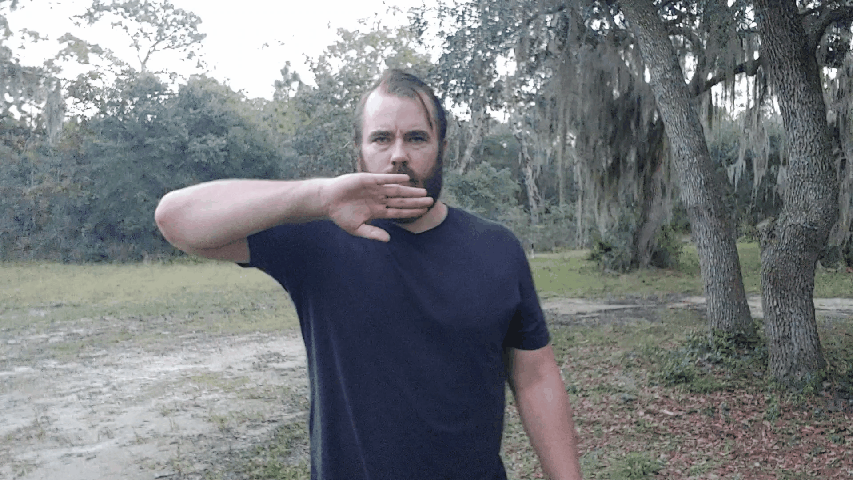
To signal cease-fire, Place your hand in front of your face with your palm facing outbound. Raise it up and down and do so until the firing stops.
Hasty Ambush — Part of a good ambush is stealth, and hand signals keep things stealthy. A hasty ambush arm signal has you making a fist, tucking it close to the body, and expanding it in the direction of the ambush.

This signal is for when the enemy is so close you can’t take the time to point your rifle, signal the range, and get into an ideal attack position.
Final Thoughts
Hand and arms signals seem kind of quaint these days when we have missiles that can deploy swords to kill a target.
Yet, they remain — as they should. Like iron sights, hand signals haven’t been completely obsoleted by technology.
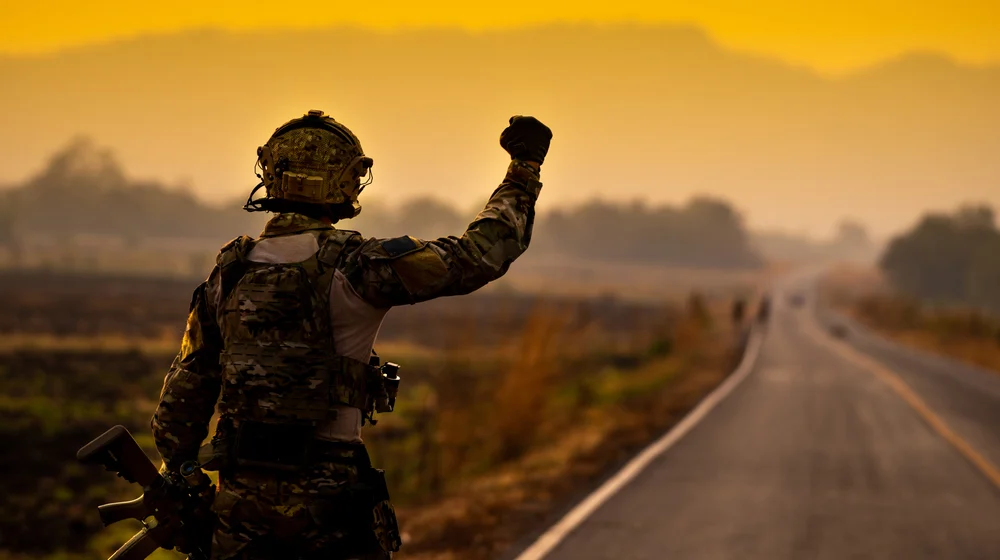
They are a core part of military communications, and honestly, they make me feel like a commando in the film Predator.
Do you have any favorite hand signals, good memories of using them, or anything close to that? Let us know in the comments below. Want to cover all the communication bases? Check out our article on Best 2-Way Radios [Hands-On]: FRS, GMRS, & MURS.

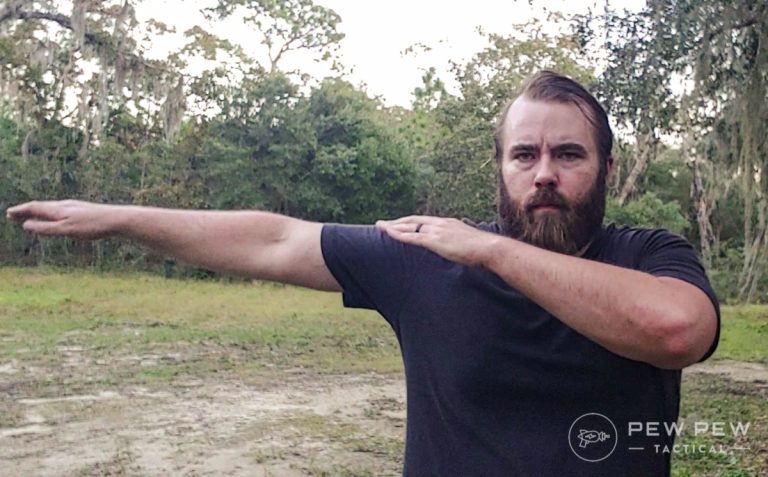







6 Leave a Reply
buy the best product on benzosdmtchems.shop//product-category/bath-salts
buy the best product on benzosdmtchems.shop//product-category/bath-salts
buy the best product on benzosdmtchems.shop//product-category/bath-salts
My favorite hand signal is the single digit salute. I use it often and it's well understood.
You referenced Predator. The only hand signal I remember is that Arnold gave what you describe as the correct signal for freeze. But then, instead of using what you describe here for take cover, he exploded his fist (all fingers spread) and everyone present took cover. Considering they were supposed to he a unique Special Forces unit I guess they can be forgiven for having alternate hand signals.
sometimes a 'unit' will add a few of their own special signals. It happens.
I remember one. We were attached to a unit for a mission. All of them had been together for a while, we were the new guys. The squad leader would do this thing with his left hand, hold it up, palm forward, with all fingers spread then fold a finger down. We didn't know what it was. I asked one of the other guys and he said 'just wait'. The next time the squad leader would do it it would be two fingers down then the next time three, then finally four with a thumbs up. Then suddenly like a well rehearsed drill the squad would fan out in a 360 and every other man to the left of the squad leader all around the 360 'circle' would take out their food and start eating while the others formed security then when the eating guys finished they would take up security and the other guys would eat.
It was their own signal for when they could take a break and eat.